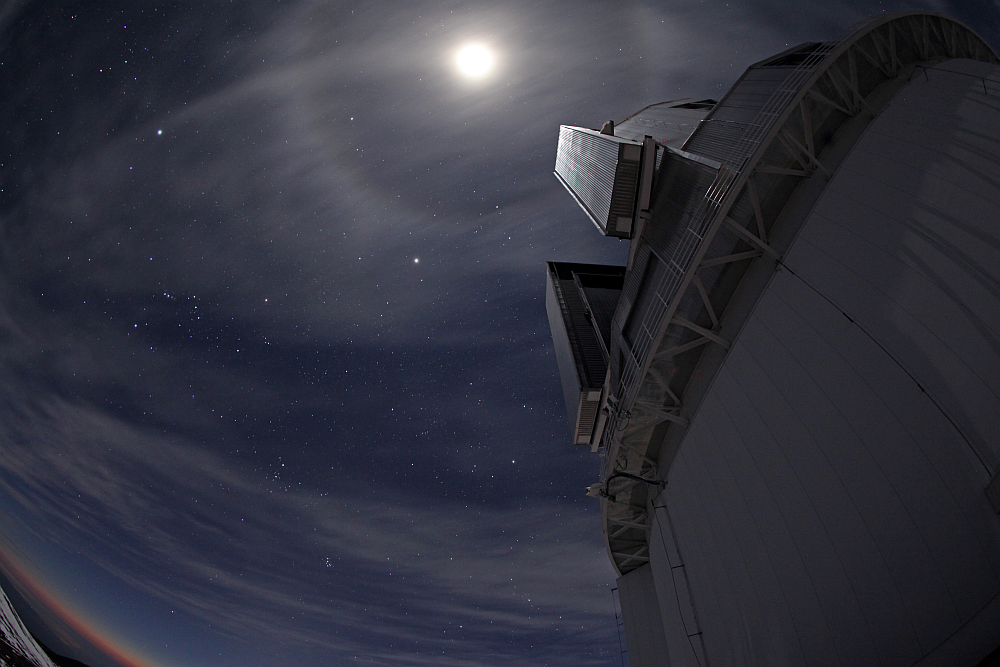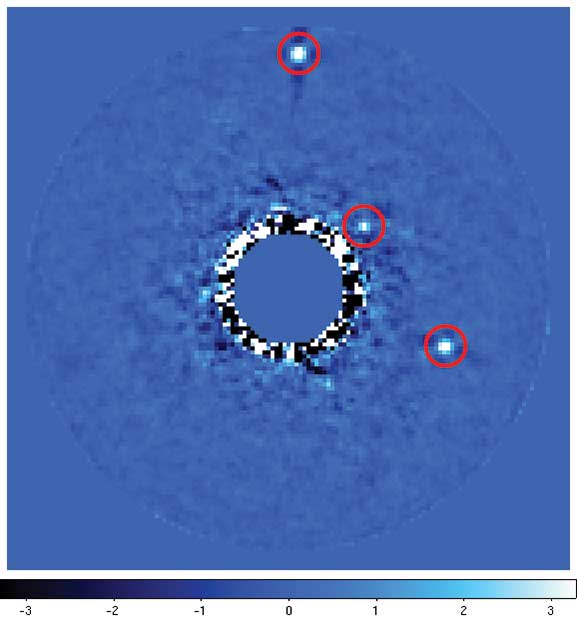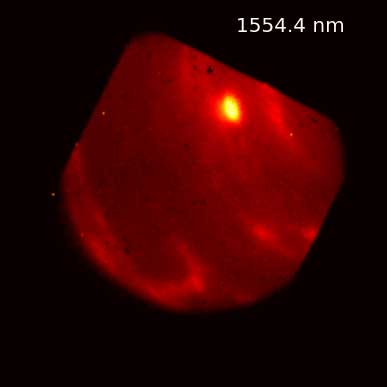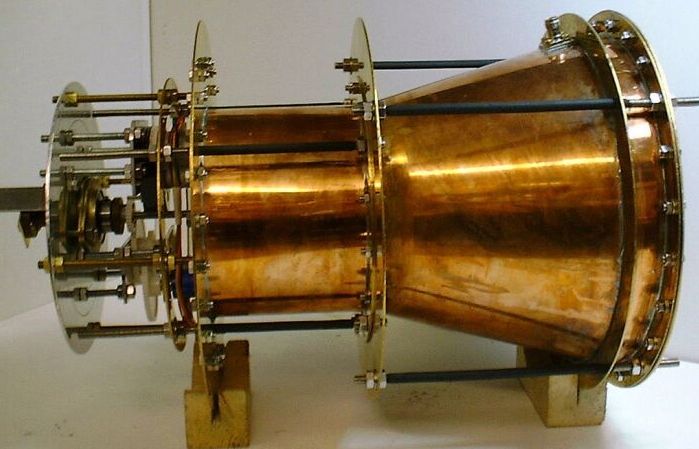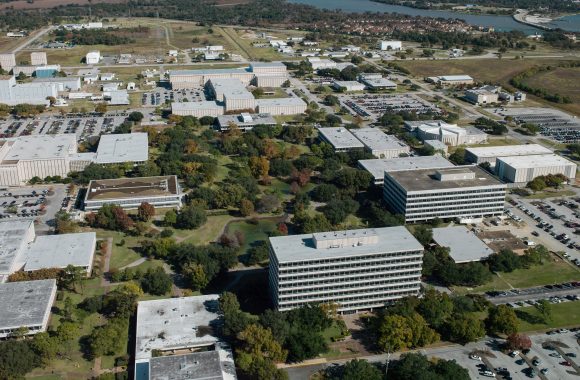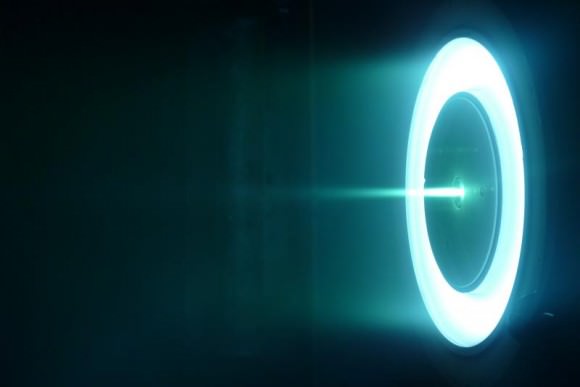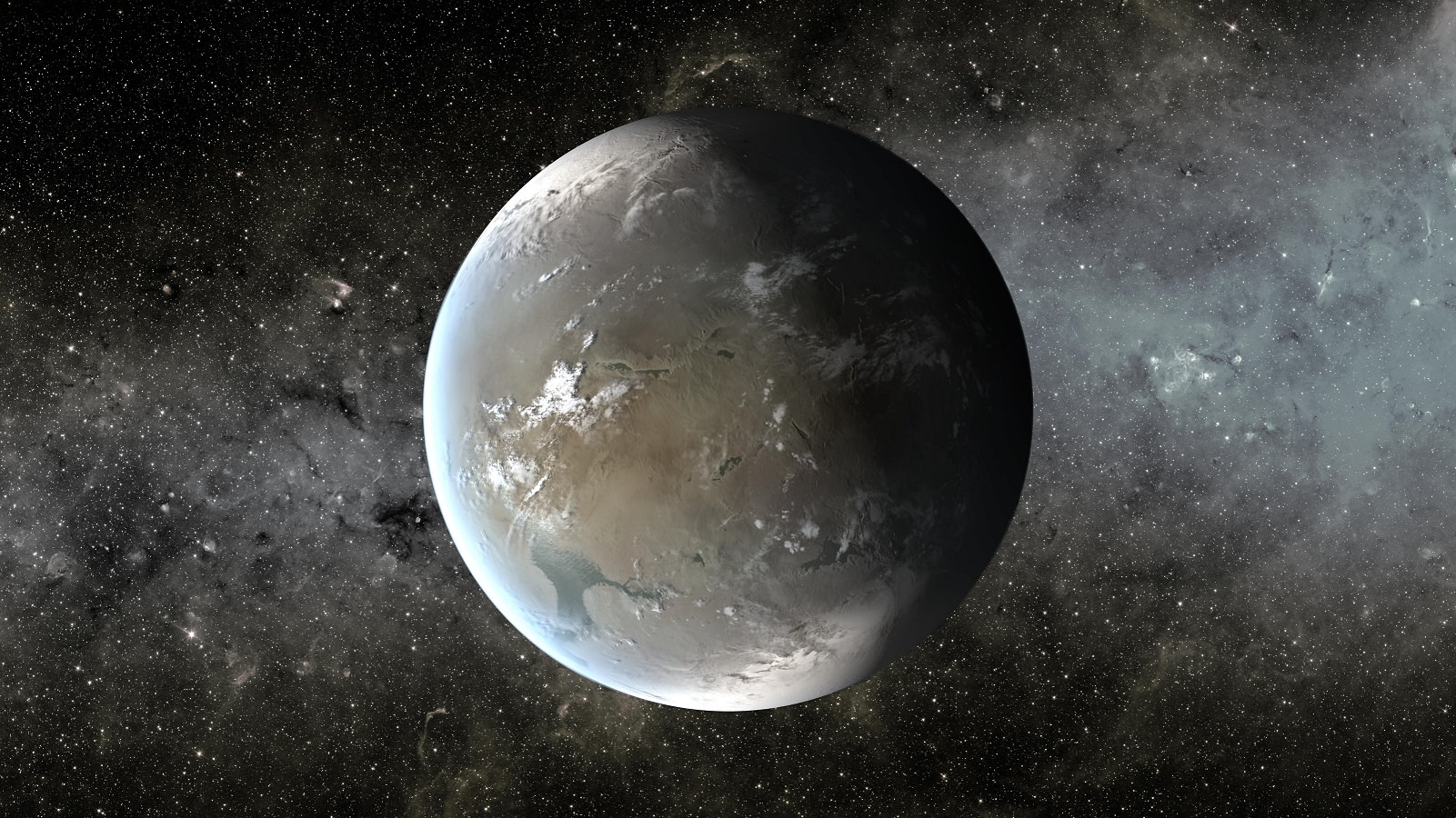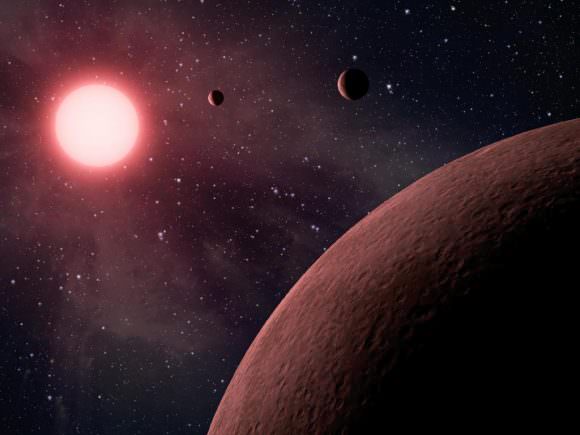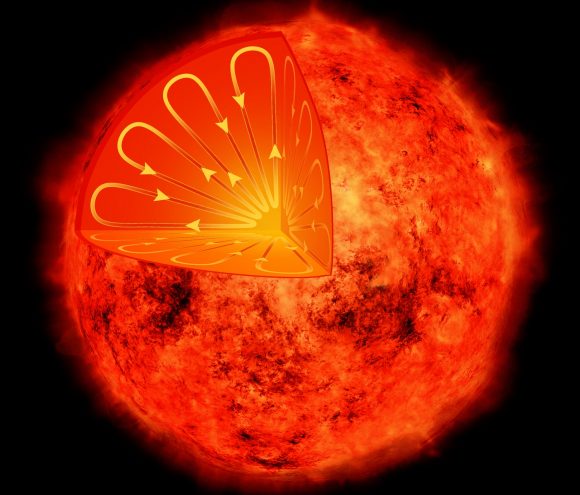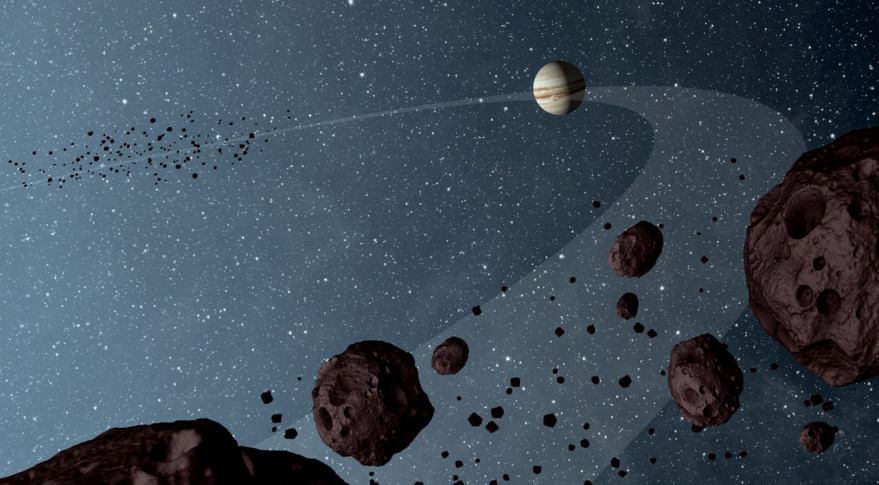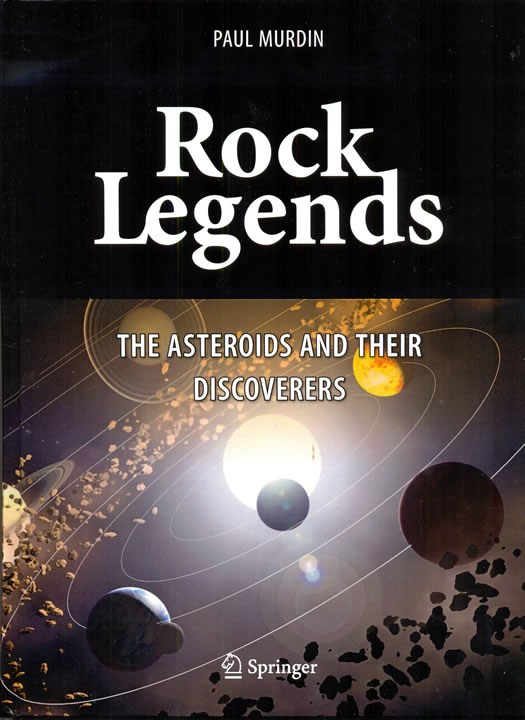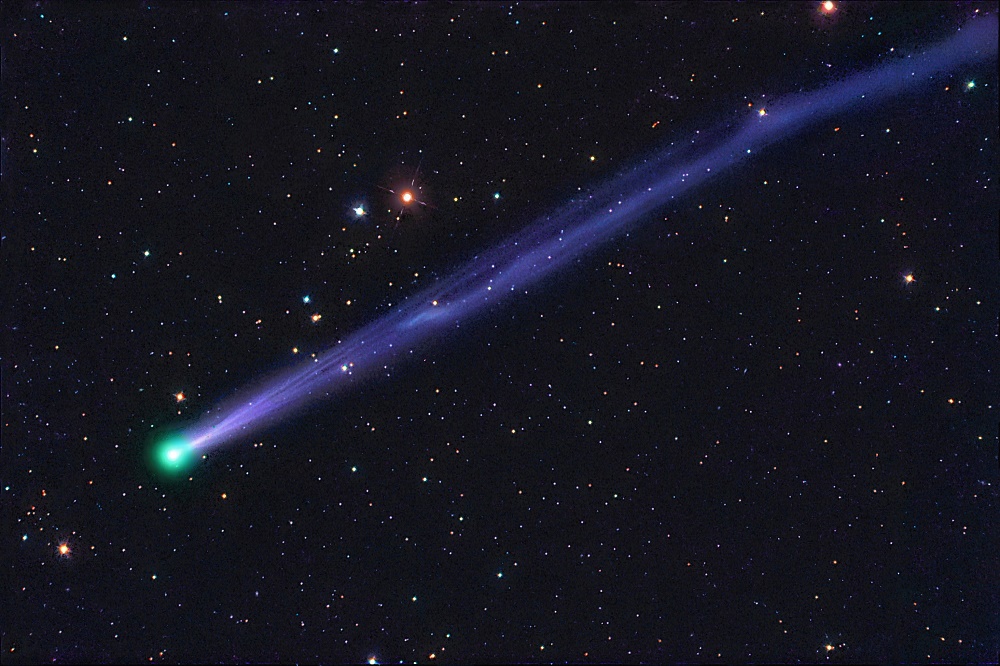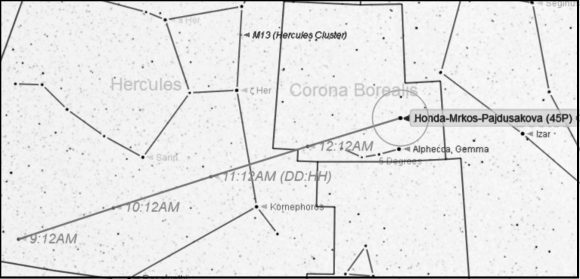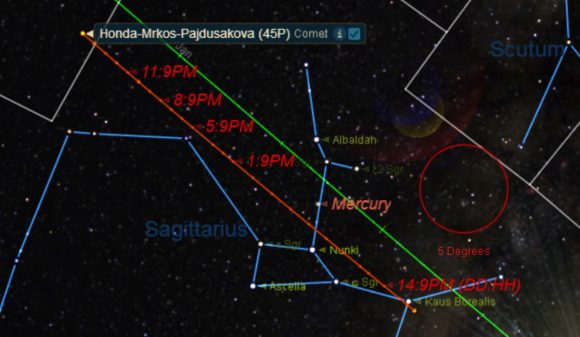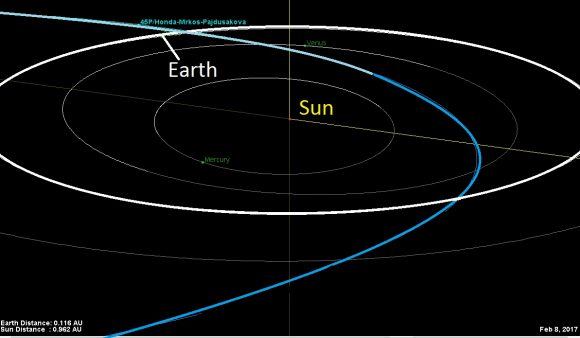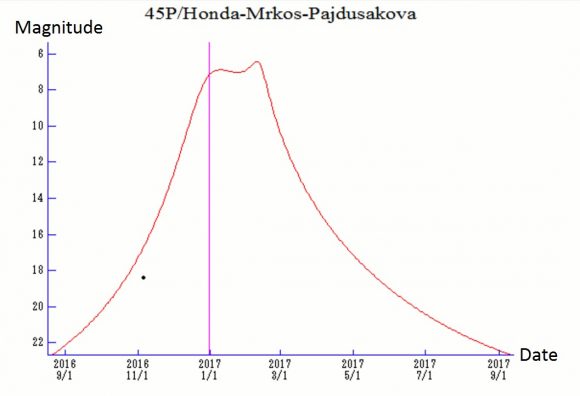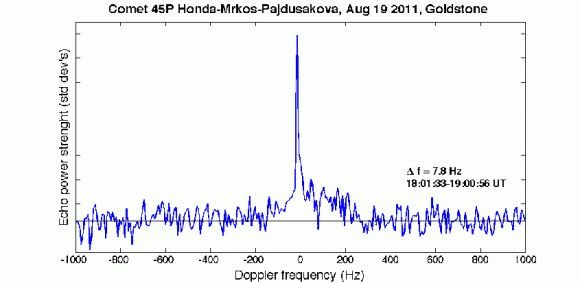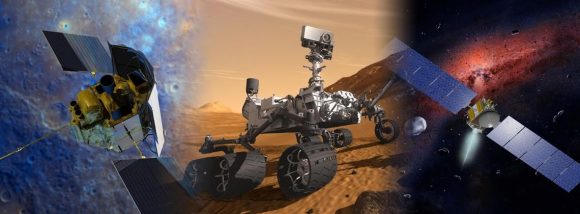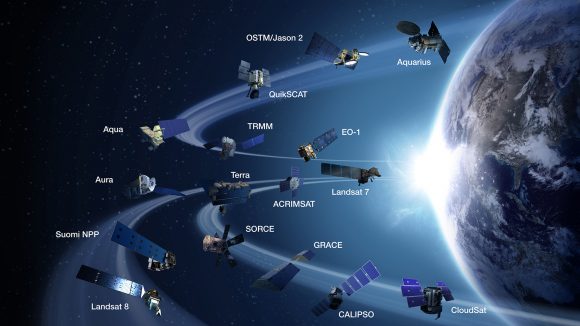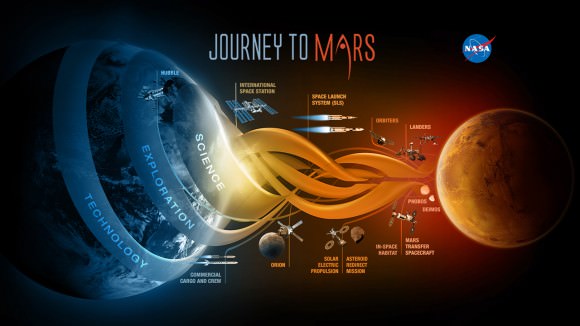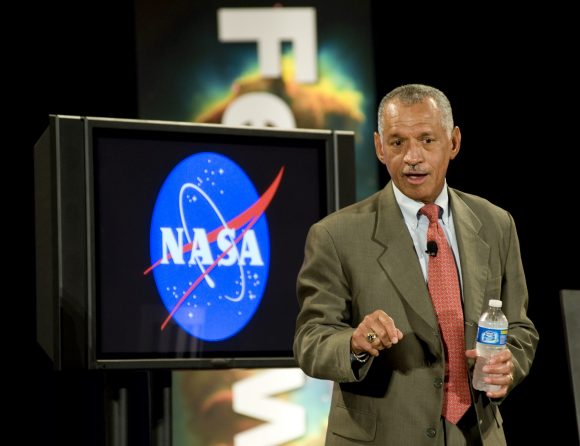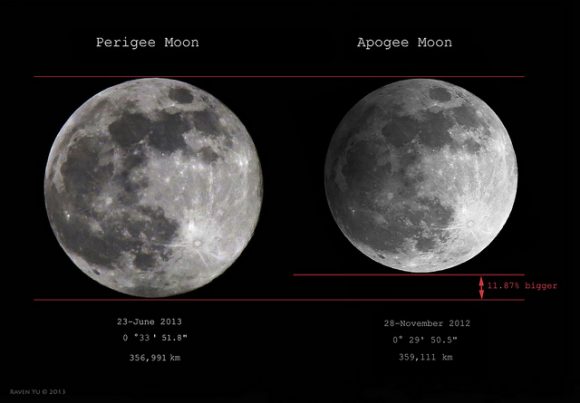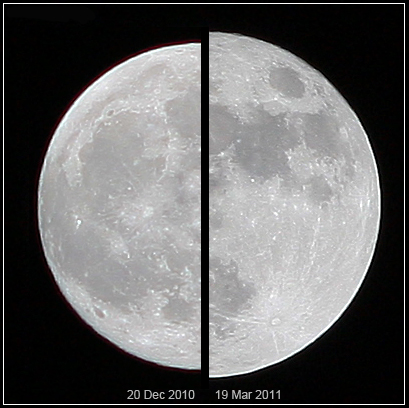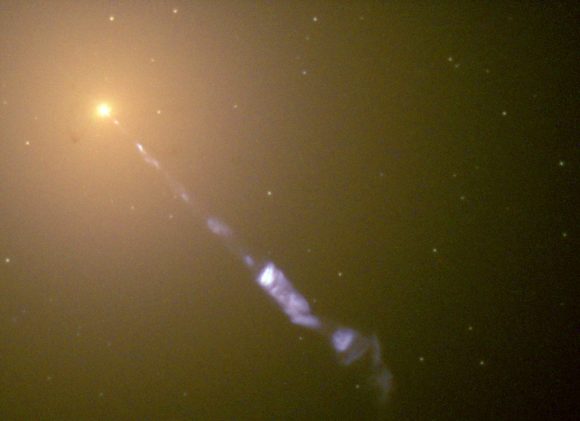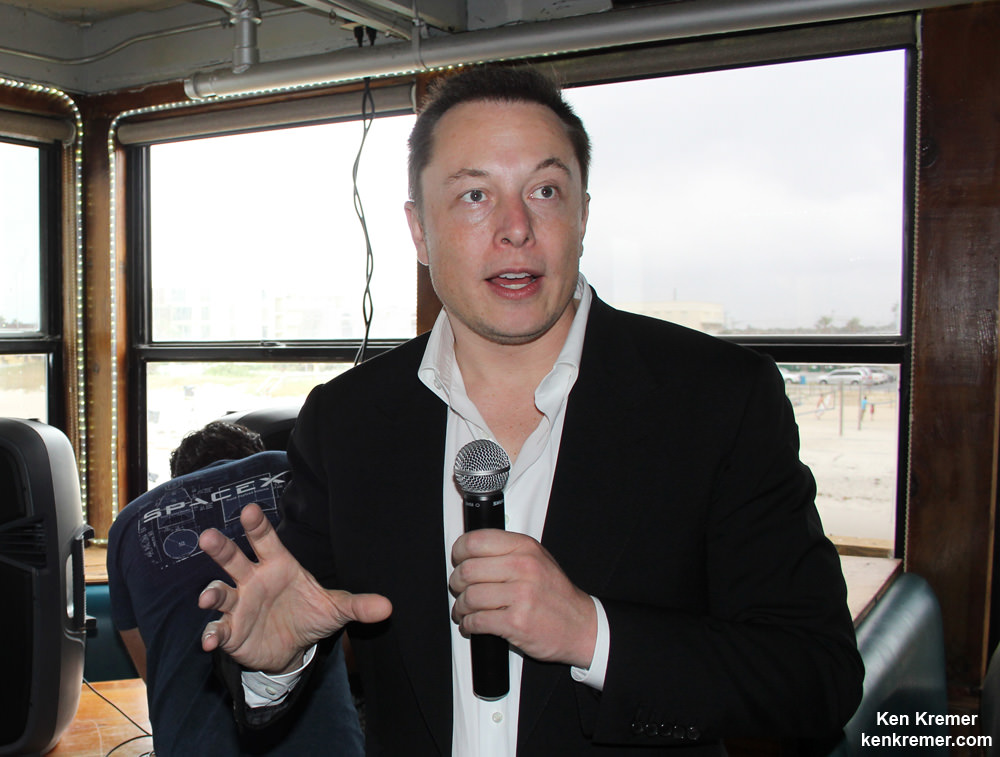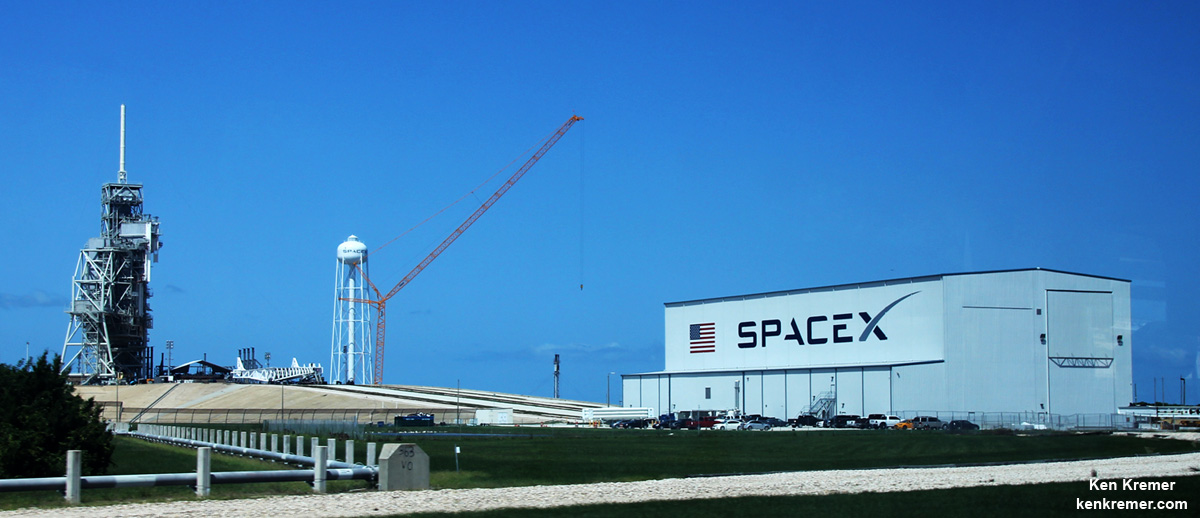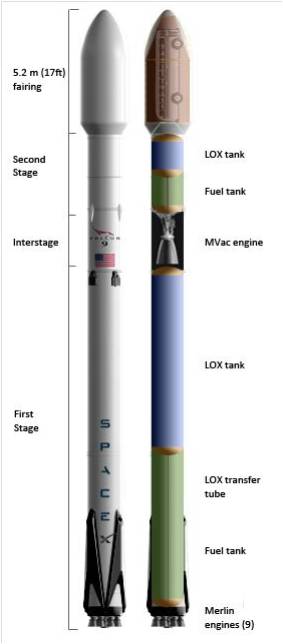Under Mount Ikeno, Japan, in an old mine that sits one-thousand meters (3,300 feet) beneath the surface, lies the Super-Kamiokande Observatory (SKO). Since 1996, when it began conducting observations, researchers have been using this facility’s Cherenkov detector to look for signs of proton decay and neutrinos in our galaxy. This is no easy task, since neutrinos are very difficult to detect.
But thanks to a new computer system that will be able to monitor neutrinos in real-time, the researchers at the SKO will be able to research these mysteries particles more closely in the near future. In so doing, they hope to understand how stars form and eventually collapse into black holes, and sneak a peak at how matter was created in the early Universe.
Neutrinos, put simply, are one of the fundamental particles that make up the Universe. Compared to other fundamental particles, they have very little mass, no charge, and only interact with other types of particles via the weak nuclear force and gravity. They are created in a number of ways, most notably through radioactive decay, the nuclear reactions that power a star, and in supernovae.
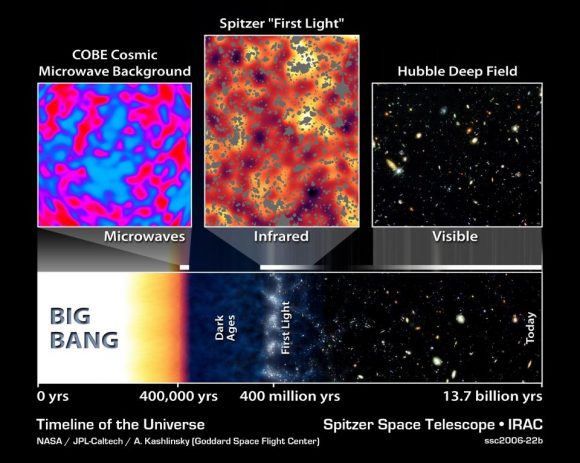
In accordance with the standard Big Bang model, the neutrinos left over from the creation of the Universe are the most abundant particles in existence. At any given moment, trillions of these particles are believed to be moving around us and through us. But because of the way they interact with matter (i.e. only weakly) they are extremely difficult to detect.
For this reason, neutrino observatories are built deep underground to avoid interference from cosmic rays. They also rely on Cherenkov detectors, which are essentially massive water tanks that have thousands of sensors lining their walls. These attempt to detect particles as they are slowed down to the local speed of light (i.e. the speed of light in water), which is made evident by the presence of a glow – known as Cherenkov radiation.
The detector at the SKO is currently the largest in the world. It consists of a cylindrical stainless steel tank that is 41.4 m (136 ft) tall and 39.3 m (129 ft) in diameter, and holds over 45,000 metric tons (50,000 US tons) of ultra-pure water. In the interior, 11,146 photomultiplier tubes are mounted, which detect light in the ultraviolet, visible, and near-infrared ranges of the electromagnetic spectrum with extreme sensitivity.
For years, researchers at the SKO have used the facility to examine solar neutrinos, atmospheric neutrinos and man-made neutrinos. However, those that are created by supernovas are very difficult to detect, since they appear suddenly and difficult to distinguish from other kinds. However, with the newly-added computer system, the Super Komiokande researchers are hoping that will change.
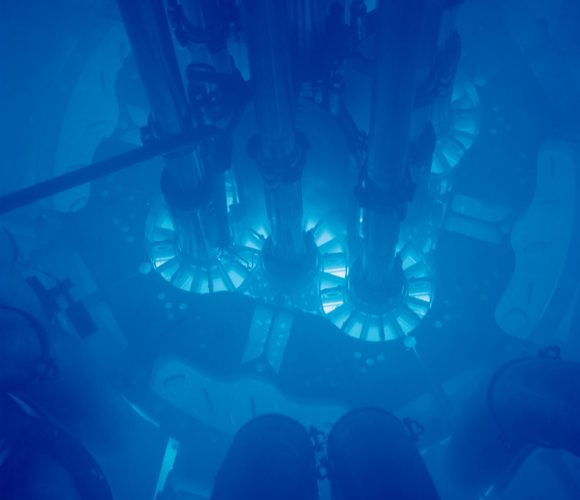
As Luis Labarga, a physicist at the Autonomous University of Madrid (Spain) and a member of the collaboration, explained in a recent statement to the Scientific News Service (SINC):
“Supernova explosions are one of the most energetic phenomena in the universe and most of this energy is released in the form of neutrinos. This is why detecting and analyzing neutrinos emitted in these cases, other than those from the Sun or other sources, is very important for understanding the mechanisms in the formation of neutron stars –a type of stellar remnant– and black holes”.
Basically, the new computer system is designed to analyze the events recorded in the depths of the observatory in real-time. If it detects an abnormally large flows of neutrinos, it will quickly alert the experts manning the controls. They will then be able to assess the significance of the signal within minutes and see if it is actually coming from a nearby supernova.
“During supernova explosions an enormous number of neutrinos is generated in an extremely small space of time – a few seconds – and this why we need to be ready,” Labarga added. “This allows us to research the fundamental properties of these fascinating particles, such as their interactions, their hierarchy and the absolute value of their mass, their half-life, and surely other properties that we still cannot even imagine.”
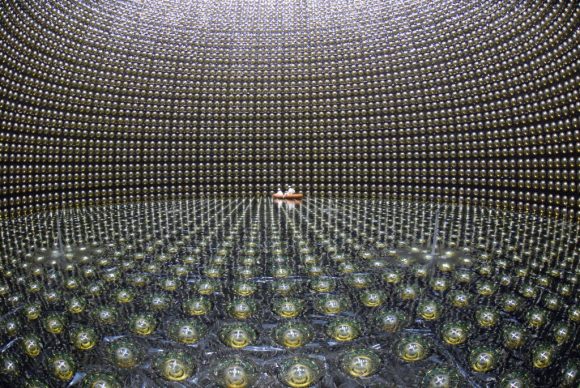
Equally as important is the fact this system will give the SKO the ability to issue early warnings to research centers around the world. Ground-based observatories, where astronomers are keen to watch the creation of cosmic neutrinos by supernova, will then be able to point all of their optical instruments towards the source in advance (since the electromagnetic signal will take longer to arrive).
Through this collaborative effort, astrophysicists may be able to better understand some of the most elusive neutrinos of all. Discerning how these fundamental particles interact with others could bring us one step closer to a Grand Unified Theory – one of the major goals of the Super-Kamiokande Observatory.
To date, only a few neutrino detectors exist in the world. These include the Irvine-Michigan-Brookhaven (IMB) detector in Ohio, the Subdury Neutrino Observatory (SNOLAB) in Ontario, Canada, and the Super Kamiokande Observatory in Japan.
Further Reading: SINC


